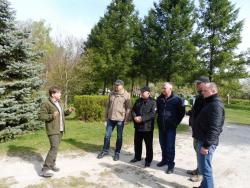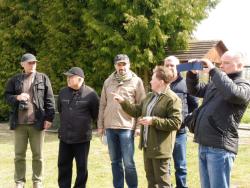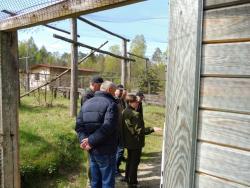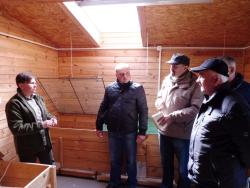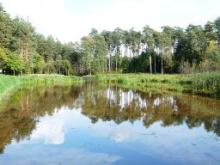 Asset Publisher
Asset Publisher
Sale conditions
Sale conditions of wood are specified by the regulation of Director – General of the Sate Forests.
Within the framework of the individual sale , the foresters try to meet the fast growing demand, because more and more people use wood in order to heat their houses. Contrary to general opinion, these are not only village people, even though they prevail among recipients. The growth of firewood demand is the result of occurrence of new housing estates built in the suburbs of large agglomerations, where houses are usually equipped in fireplace heating installations.
Firewood is not only the most ecological heat source, but also is much more attractive in respect of relation of price and electric efficiency, rather than cola, oil, gas or electric power.
In recent years, the Sate Forests increased the sale of firewood of one third – up to over 4 million cubic meters annually. Firewood is not only the most ecological heat source, but also is much more attractive in respect of relation of price and electric efficiency, rather than cola, oil, gas or electric power. Some of customers choose already prepared and cut into pieces wood, the others very willingly obtain it by themselves after arranging all details and fulfilling particular safety conditions, and after paying the fee; that concerns mainly so called "thinnings". Such a raw material is very cheap, that is why many people from village areas profit from such possibility.
 Asset Publisher
Asset Publisher
Delegacja z Ukrainy
Delegacja z Ukrainy
W dniu 25.04.2017r w Nadleśnictwie Leżajsk przebywała pięcioosobowa delegacja pracowników Parku Narodowego „Sokoliwskie Beskidy".
Celem wizyty leśników z Ukrainy było zapoznanie się z hodowlą Głuszca prowadzoną w Nadleśnictwie Leżajsk w Ośrodku Hodowli Głuszca.
Po przywitaniu gości w biurze Nadleśnictwa Leżajsk, zaprezentowano krótka informację o Nadleśnictwie i Ośrodku Hodowli Głuszca.
Następnie na terenie Ośrodka Hodowli Głuszca Pani Anna Bukowska- Leśniczy ds. hodowli Głuszca zapoznała Gości z historią powstania hodowli i jej rozwojem. Omówiła aktualny stan stada podstawowego, który liczy obecnie 23 osobniki dorosłe. Przedstawiła również efekty ostatnich lat, zwiększenie stada podstawowego o 12 ptaków oraz przekazane młode Głuszce do wsiedleń w liczbie 78 ptaków, w 2015 roku przekazano również dwa Głuszce- koguty do ZOO w Warszawie.
Goście z Ukrainy interesowali się problemami związanymi z prowadzeniem hodowli, infrastrukturą oraz kosztami.
Jak wynika z wypowiedzi Leśników z Ukrainy, planują założenie podobnej hodowli na terenie swojego Parku Narodowego w celu prowadzenia wsiedleń.
Tekst i zdjęcia: Zenon Szkamruk




